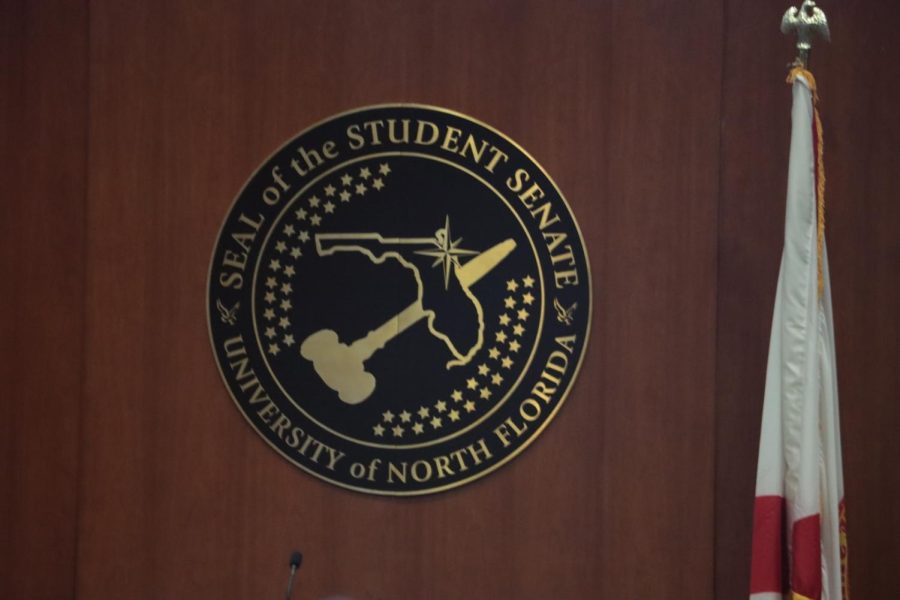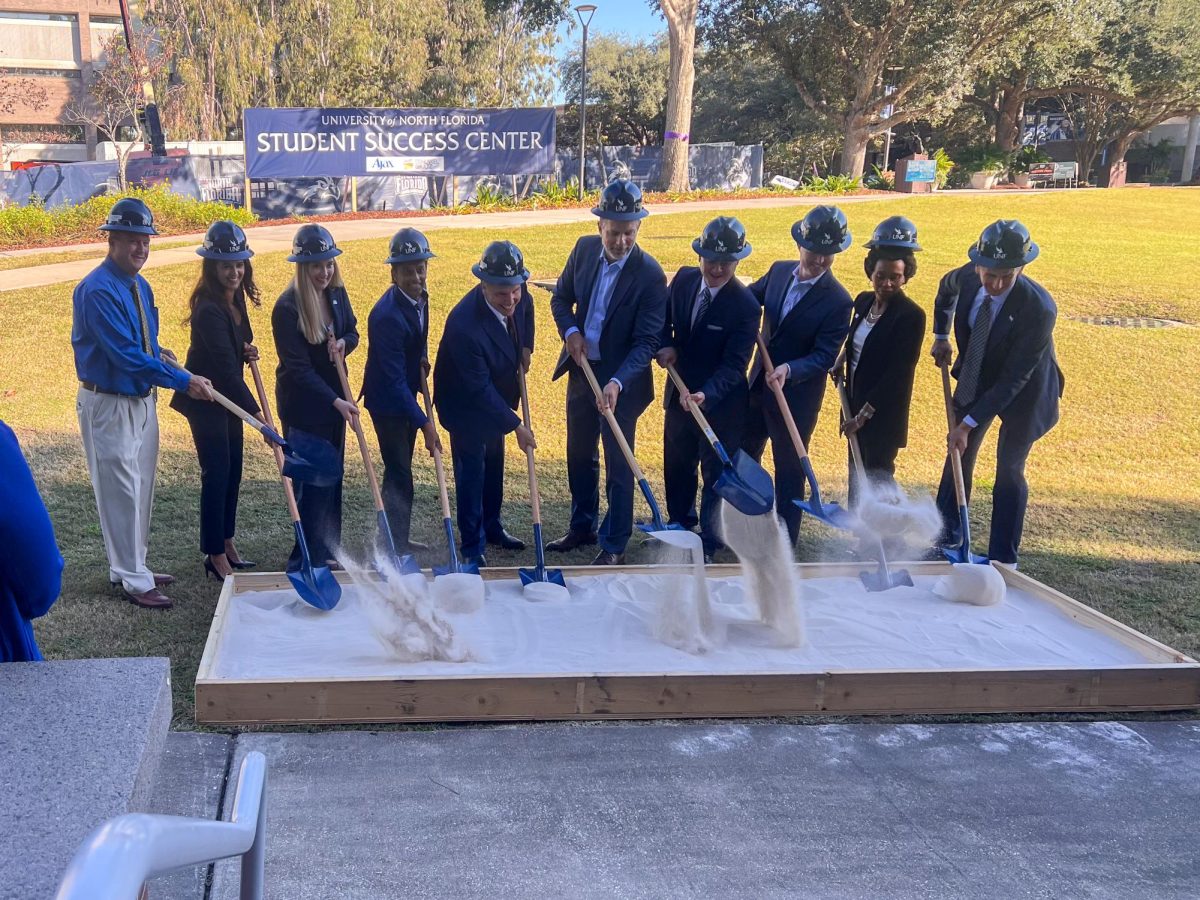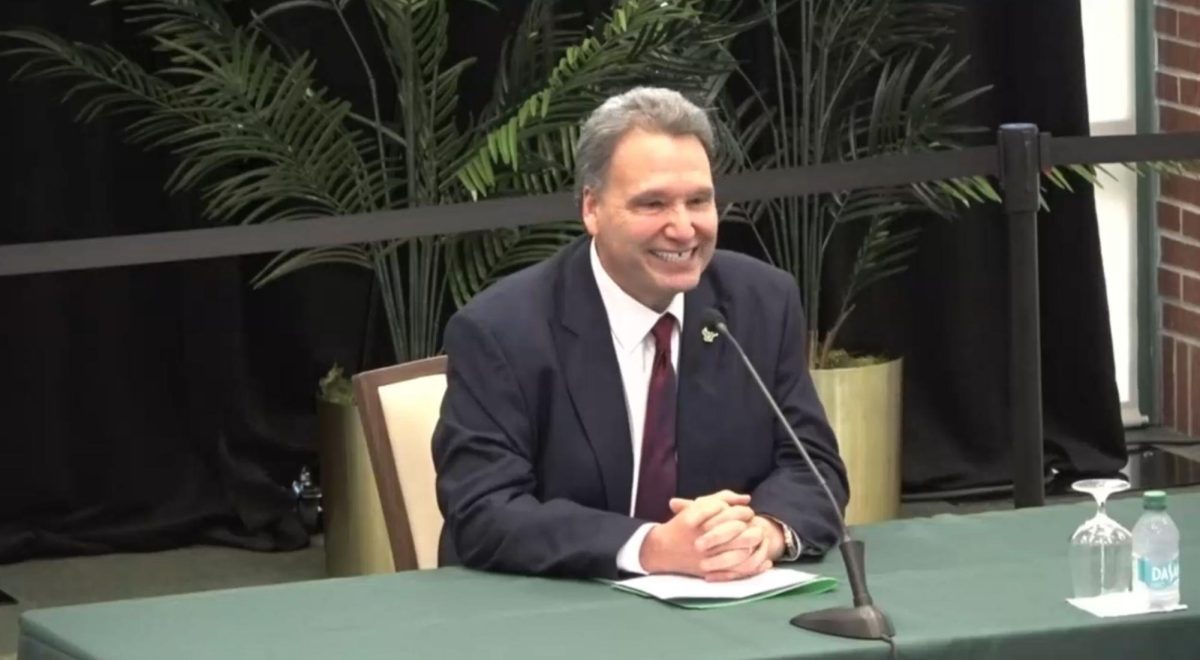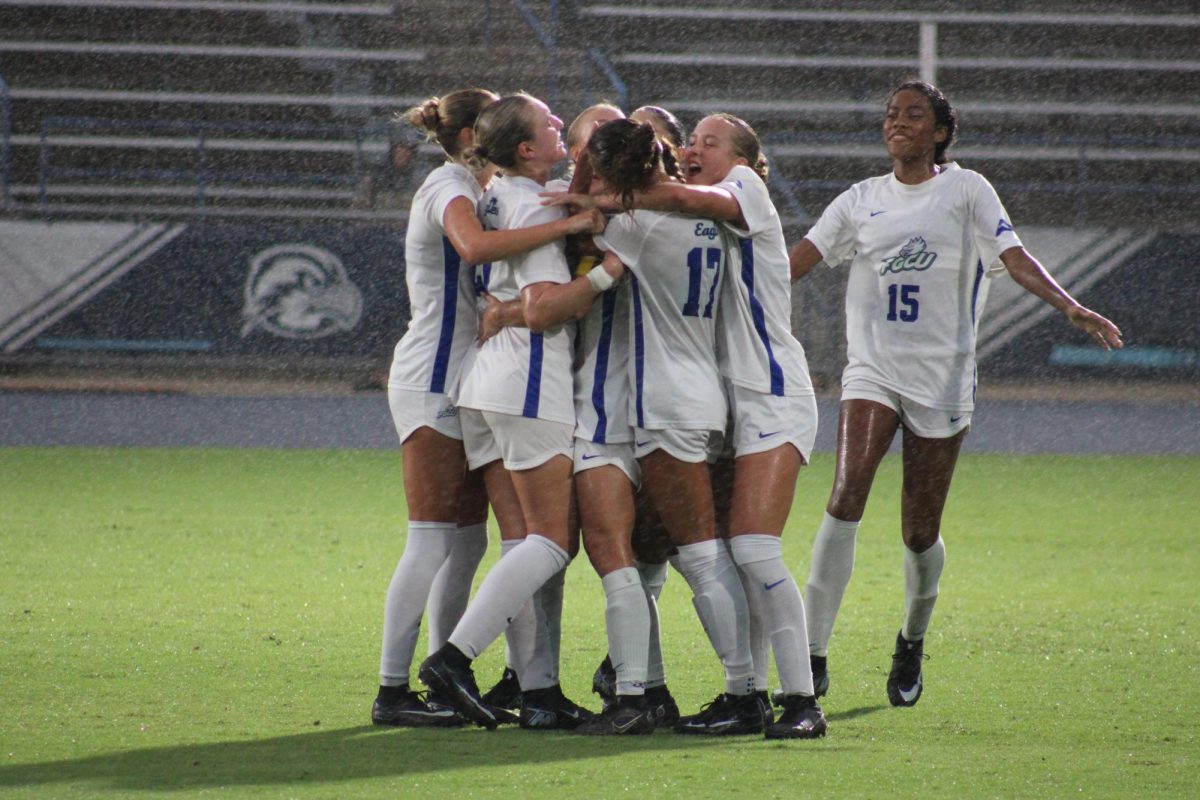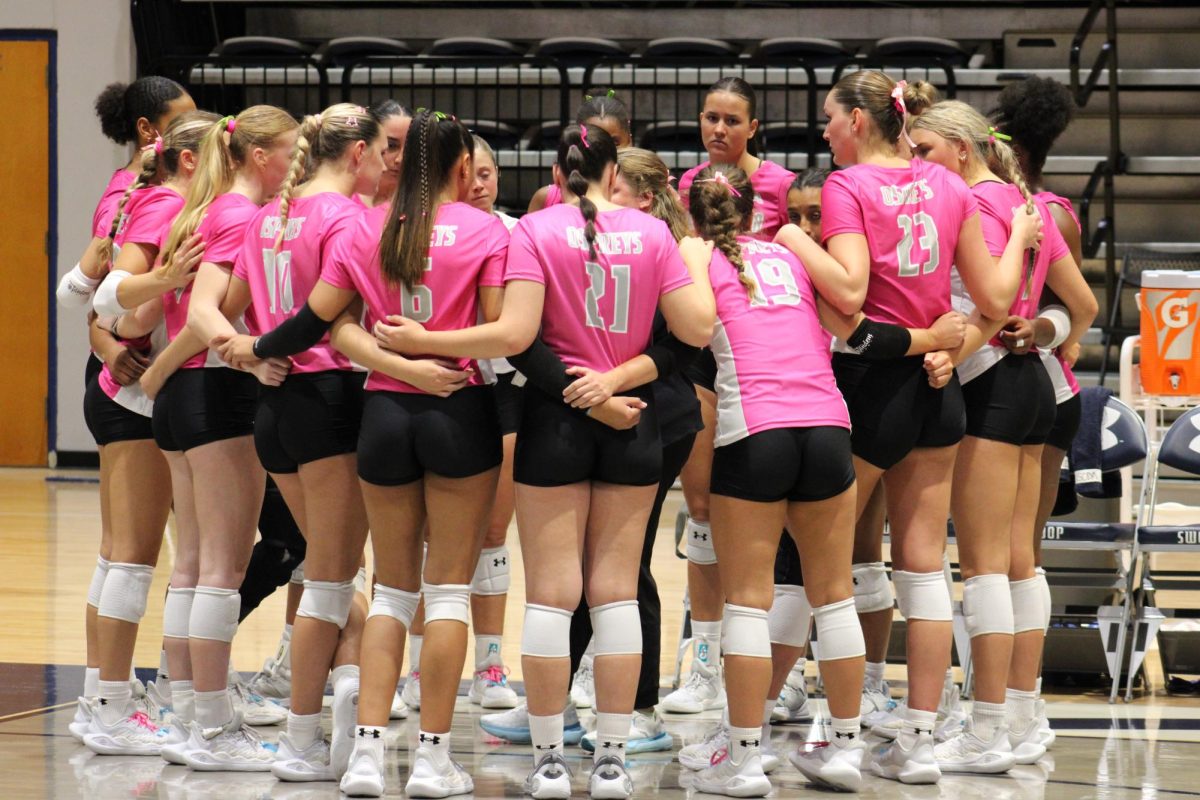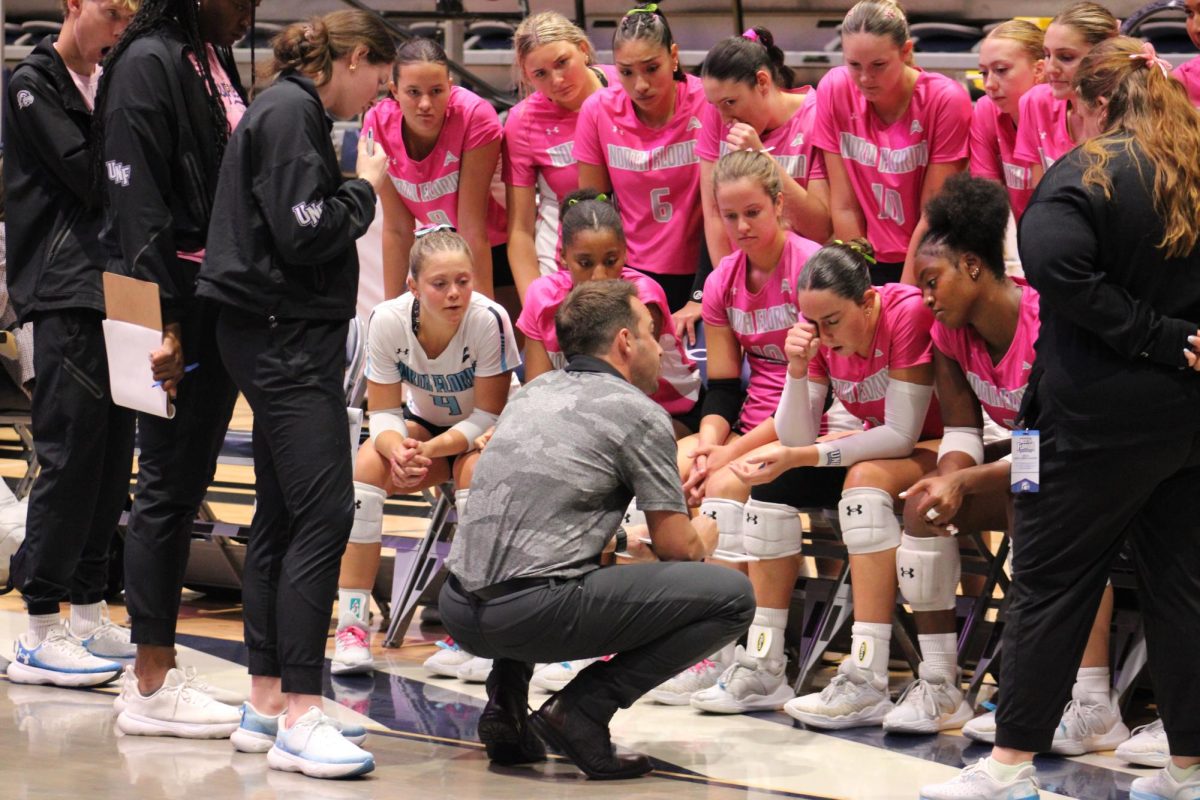As student tuition rises every year, faculty and administrators disagree on whether it’s actually worth it.
All 11 of Florida’s public universities’ tuition rates increased again this year to maintain the status quo. The increase is part of Florida’s higher education reform policy – an attempt to reach the national average tuition rate.
According to the College Board, the national average tuition for 2009-2010 is about $7,020, not including room and board.
In 2009, Florida legislature proposals called for an 8 percent tuition increase for Florida’s public universities. The schools then have the option of asking students to pay even more, resulting in an increase as high as 15 percent total.
UNF’s 2011 estimated full-time, beginning undergraduate, in-state tuition is $4,910 — a $717 jump from last fiscal year.
The average cost for tuition and fees at public Florida universities hovers around $4,500 per year – among the lowest in the nation.
Every year the state provides money to colleges, through grants and scholarships for instance, which helps subsidize tuition — because the college has limited sources of revenue.
Ben Miller, a policy analyst at Education Sector, a nonprofit think-tank in Connecticut, said the largest reason for college tuition increase is that the state has decreased the amount of funding it gives to colleges.
When schools’ tuition goes up, the state government has decided it doesn’t have the money or doesn’t want to contribute as much money to schools, Miller said.
“So they take [money] away with the understanding that the school itself is going to back that lost revenue by charging higher tuition,” Miller said.
UNF Provost Mark Workman agrees one of the challenges facing Florida’s college institutions is that the level of state support is perpetually declining, which is why tuition has raised at UNF.
However, Workman said UNF provides a commensurate level of financial aid, so as costs go up, financial support goes up with it.
UNF measures students and their families’ ability to contribute, Workman said.
“And that gets factored in,” he said. “Say, for instance, a families’ ability to contribute doesn’t go up, then that would trigger greater amounts of financial aid in the form of grants or loans or scholarships.”
On the question of whether tuition rates will rise beyond the average families’ income, Workman said he doesn’t see that happening.
He said that the low tuition rate has inadvertently disadvantaged students because it hinders institutions from being able to provide the richest possible resources that contribute to students’ learning.
“But I don’t think you’ll see the legislature or the board of governors ever empowering the universities to run amuck,” he said. “The state is too fiscally conservative, and I think too civically minded to authorize exploitation of the citizens to that extent.”
With more money, he says, schools could have more resources for students, smaller class sizes and more faculty.
Miller argues paying some tuition for college is acceptable because resources are expensive, but when governors assume that adding another thousand dollars to tuition can’t hurt students, they’re wrong.
“A thousand dollars to some students can be the difference between staying enrolled and dropping out.”
However, governors and state legislatures tend not to see it that way.
“They are at fault, but at the same time they’re stuck because a lot of states are out of money,” Miller said.
Shari Shuman said state revenue dollars to UNF have gone down — as part of the federal stimulus package, UNF received $5.4 million this fiscal year — and the increase in tuition is to make sure the class sizes for students remain small and retain faculty.
“But going to college in Florida is still a great deal,” she said.
Miller explained what the stimulus plan did was shave off a lot of cuts over the last couple of years, but the money is winding down.
“If state budgets don’t start recovering, that’s when you’ll see the worst of it hit,” Miller said. “States will go back to where they were because they haven’t seen much recovery and their tax revenue hasn’t turned around, yet, so they aren’t out of the woods.”
In retrospect, the core of the problem, said Henry Thomas, executive director of the Florida Center for Public and International Policy and UNF Associate Professor of Political Science and Public Administration, is that traditions in higher education have lost their way.
“States once provided education as a public good, it was provided by the state to citizens because it was good for the public. It was either free, or moderately charged.”
Florida is partly trying to catch up to the national average tuition rates, Thomas said, and if those rates continue to rise, Florida’s tuition rates will continue to catch up.
“The idea is that they aren’t going to stop.”




